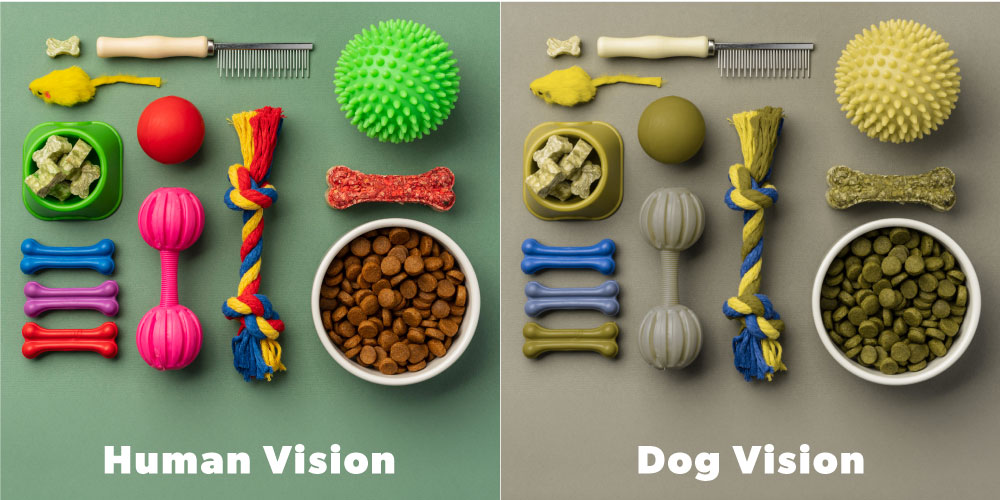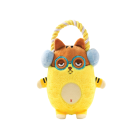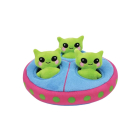
It's a widely held belief that dogs see the world only in shades of gray. But is this really true? As devoted dog owners, understanding how our furry friends perceive the world is not just fascinating – it’s essential for their care and happiness. Let's delve into the science behind canine vision and bust some myths along the way!
The Myth of Black and White
Contrary to popular belief, dogs are not completely color blind. While they don't see the full spectrum of colors that humans do, dogs aren't limited to just black, white, and gray. The idea that dogs only see in monochrome is a myth that needs to be debunked.
Seeing Through a Dog's Eyes
Dogs have dichromatic vision, meaning they have two types of color receptors (humans have three). This makes their color perception similar to that of a human with red-green color blindness. Dogs primarily see in shades of blue and yellow, and they're better at detecting movement and light than subtle differences in hue.


The Canine Color Spectrum
So, what colors can dogs actually see? Studies suggest that dogs can discern various shades of blue and yellow, but reds and greens may appear more brownish or grayish. This knowledge can be helpful when choosing toys or training tools that are more visually appealing to your pooch.
How This Affects Your Furry Friend
Understanding your dog's color perception can enhance their training, play, and general well-being. For example, using blue or yellow toys can make playtime more engaging for them. It can also explain why your dog might not react to certain colored objects.
Summary
While dogs don't see the world in the vibrant array of colors that we do, they certainly don't see it in just black and white. Their unique vision allows them to see certain colors, and this knowledge can enrich the way we interact with and care for our canine companions. So the next time you pick out a toy or accessory for your pup, remember their special way of seeing the world – it just might make their tail wag a little faster!




